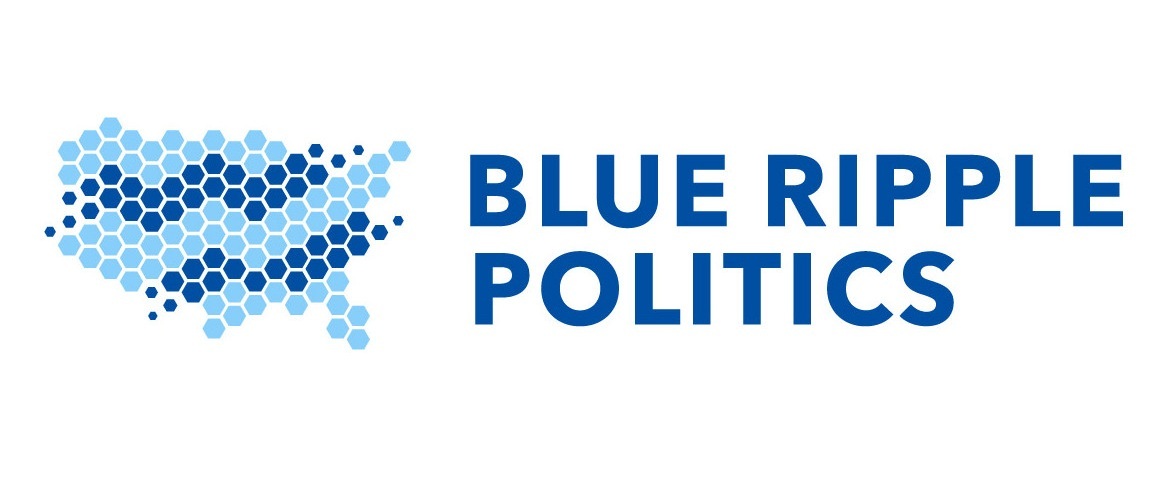Like in prior “off-years,” Virginia’s state legislature is the site of a tight contest for party control in 2023. The VA House is currently 47D - 49 R with four vacancies, and the VA Senate is 22D - 18R. Republicans are making a big push this year to win both chambers and the Governor’s mansion.
It’s not too late to help Dems in Virginia! These last few weeks are crucial for GOTV and advertising, and the campaigns need your help.
The DLCC (see our prior profile here) identified 17 “spotlight” races where they are encouraging folks to donate, based presumably on a combination of candidate quality and need/opportunity.
We analyzed those 17 races to find the ones with the highest need — i.e., eliminating the ones we think are pretty safe for Dems. We identified 9 races in VA we think are most worthy of support. As usual, we’ve collected our recs on a handy ActBlue page — just click to donate!
IMPORTANT: ActBlue now lets you opt out of candidate emails, so you don’t need to worry about getting a ton of spam! Just make sure to check the box(es) when you donate.
Our analysis of the DLCC’s spotlight races in VA
As previously, we used our bottoms-up demographic model to estimate the “intrinsic lean” of every House and Senate district in the VA state legislature. (See here for a technical description of our methods.) We then compared those results to a prediction derived from prior data on demographics and turnout from the well-respected site Dave’s Redistricting.
Comparing these approaches, as described here, can show us where Dems might be able to shift the outcome via persuasion and/or turnout efforts. Dave’s “backward-looking” model assumes no changes in turnout and preference from historical results, whereas our “forward-looking” model uses the turnout and preference by demographic group to show us what Dems could plausibly achieve.
That lets us classify races into 3 broad categories by donation priority for Dems:
Low-priority: Both models agree that the district is extremely partisan (safe D or safe R).
Medium priority: Extremely partisan in the historical model, but somewhat more balanced in ours.
High priority: Opposite strong partisan lean in historical vs. demographic models; plus districts where the historical model is a toss-up (regardless of what the demographic model says).
In the table below, we list the 17 DLCC spotlight races in VA and identify the nine we think are highest-priority for Dem donors to support.
| DISTRICT | OUR MODEL | HISTORICAL MODEL | NOTES/ANALYSIS |
| VA Sen 16 | 56% Dem | 55% Dem | Safe D |
| VA Sen 22 | 63% Dem | 57% Dem | Safe D |
| VA Sen 24 | 57% Dem | 52% Dem | Toss-up; highly winnable by D |
| VA Sen 30 | 58% Dem | 58% Dem | Safe D |
| VA Sen 31 | 51% Dem | 53% Dem | More at-risk than advertised |
| VA House 21 | 57% Dem | 52% Dem | Toss-up; highly winnable by D |
| VA House 22 | 53% Dem | 50% Dem | Toss-up |
| VA House 41 | 46% Dem | 48% Dem | More at-risk than advertised |
| VA House 57 | 56% Dem | 50% Dem | Toss-up; highly winnable by D |
| VA House 58 | 57% Dem | 54% Dem | Safe D |
| VA House 65 | 55% Dem | 52% Dem | Toss-up; highly winnable by D |
| VA House 71 | 49% Dem | 49% Dem | Toss-up |
| VA House 82 | 57% Dem | 54% Dem | Safe D |
| VA House 84 | 58% Dem | 55% Dem | Safe D |
| VA House 89 | 55% Dem | 49% Dem | Toss-up; highly winnable by D |
| VA House 94 | 61% Dem | 56% Dem | Safe D |
| VA House 97 | 60% Dem | 53% Dem | Safe D |
For folks who want a bit more detail, we show below how those nine districts stack up in VA with regard to three key parameters in our model: population density, education among whites, and fraction of voters of color. In 6/9 of the districts we prioritized, the dominant Dem-driver seems to be the education level of white voters, whereas in three of them (Senate 24, House 21, House 89) the non-white voter share seems to be a bigger factor. (Note that in the charts, “upper” = Senate, “lower” = House.)
Image: Drnette via Wikipedia


